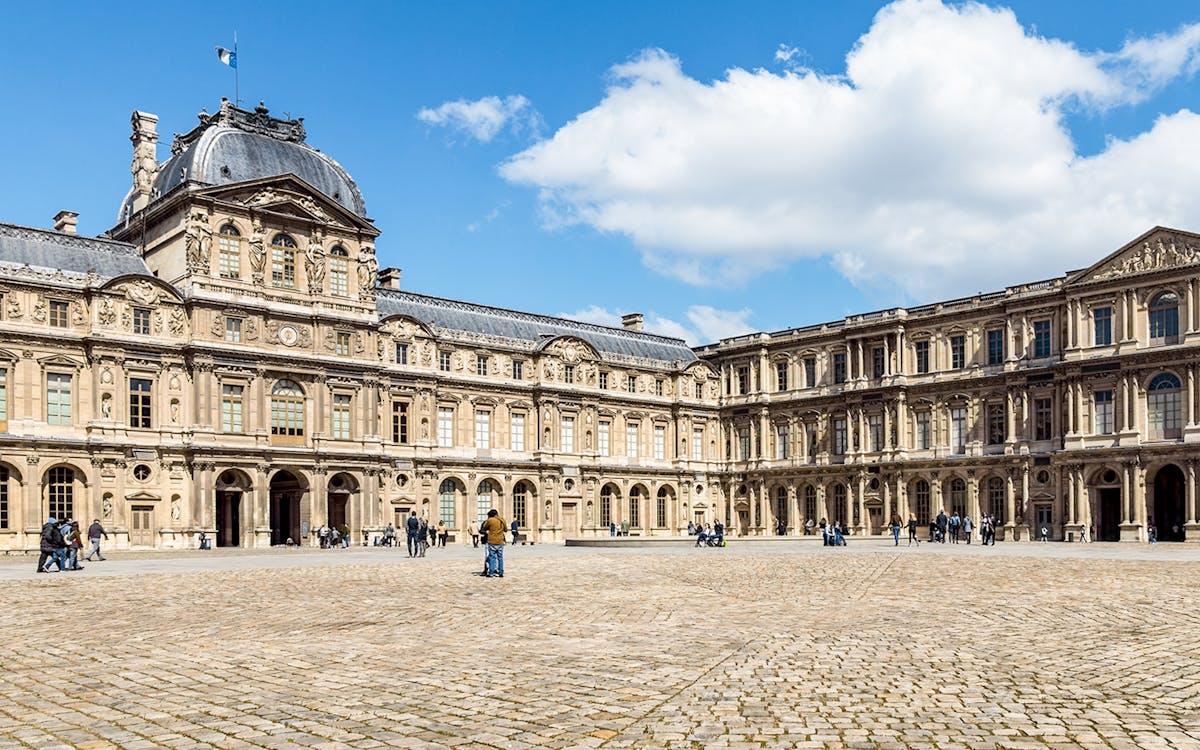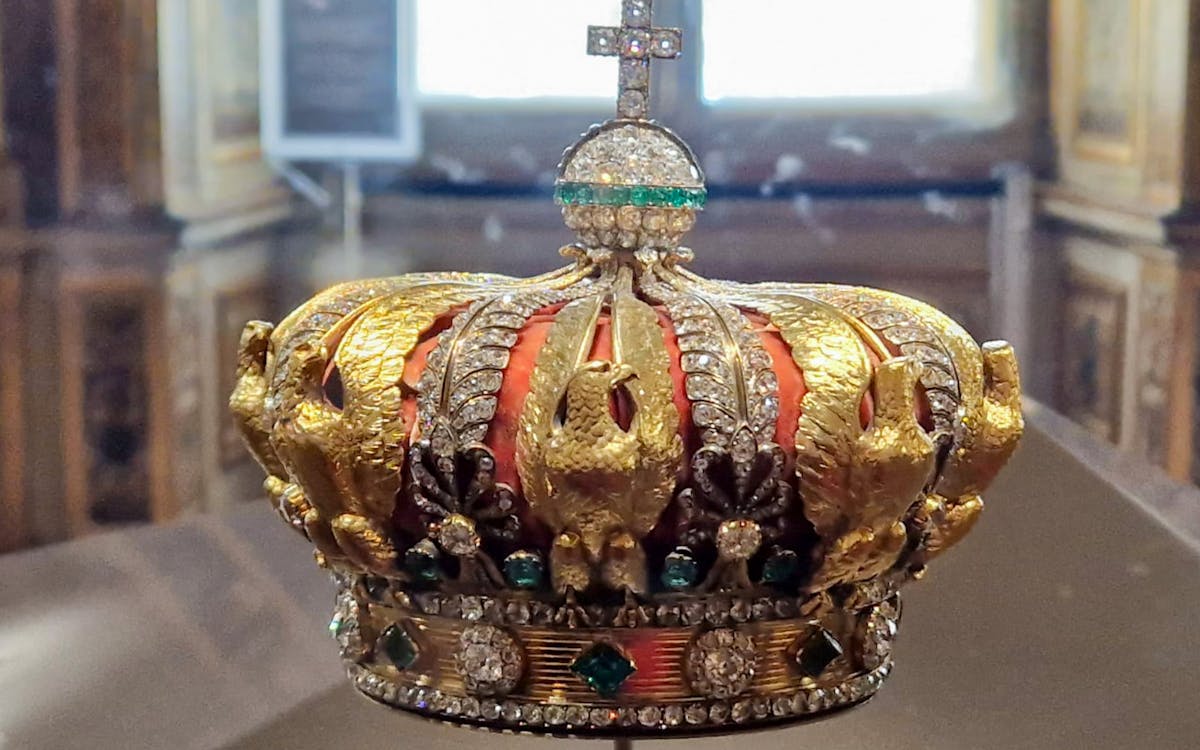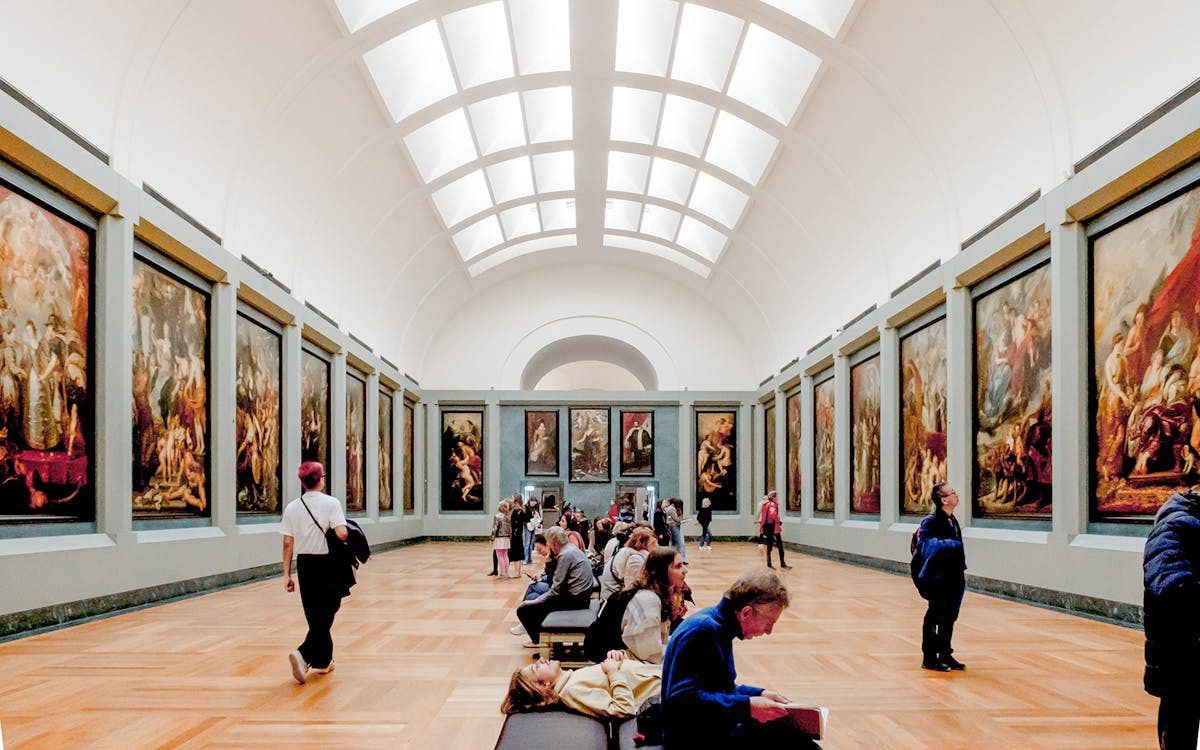You could be forgiven if you thought that the news was playing tricks on you. Or that you were watching Lupin on television. But it really did happen. On 19 October 2025, the world’s most-visited museum, the Louvre in Paris , was rocked by a daring robbery. In under four minutes, a group of disguised thieves broke into the museum and made off with several priceless royal jewels. This heist has since been labelled “the heist of the century”.

What happened: The heist unfolded
At around 9:30am, local time, barely thirty minutes after the museum opened, a team of criminals arrived with a truck-mounted aerial lift (a “monte-meuble”, commonly used for furniture moves in Paris), extended up to a second-floor balcony facing the Seine, on the south side of the museum. Two of the intruders, disguised in high-visibility vests and balaclavas, used the lift to reach a balcony. They then used angle grinders (and other tools) to smash a window and gain entry to the museum’s famed Galerie d’Apollon, the gallery that houses France’s crown jewels. They smashed display cases containing royal jewellery and made off with an estimated eight or nine items of the French Crown Jewels, including tiaras, necklaces and earrings belonging to queens and empresses of the 19th century. In cinematic fashion, they then fled, reportedly on motor scooters, within 4 to 7 minutes of the operation beginning. One of the items, a crown of Empress Eugénie – was found broken and abandoned outside the museum during the escape. While no injuries were reported, the museum did close for the day, and left the country, and the world, in shock.

Historical context: Past heists & the Louvre’s legacy
The Louvre has a long, sometimes troubled, history with thefts and security breaches. Perhaps the most famous: in 1911, Italian handyman-turned-thief Vincenzo Peruggia stole the Mona Lisa from the museum, hiding it for two years before being caught, as per ABC News. More recently, the last major theft from the Louvre prior to 2025 occurred in 1998, when the painting Le Chemin de Sèvres by Jean-Baptiste-Camille Corot was stolen and remains missing. Despite the Louvre apparently upgrading many of its security function, protections and vulnerabilities remained, particularly in less-publicised galleries and for items that could be quickly melted down or broken apart.
French authorities launched a major investigation, assigning dozens of investigators to the case.
Why it matters: Implications for museums & culture
- Cultural loss: The stolen items are not just expensive—they are part of France’s royal and national heritage. Their loss (or damage) represents a symbolic blow to cultural identity.
- Security wake-up call: If even the Louvre can be infiltrated this way during museum hours, what does it mean for smaller institutions? The incident will likely accelerate security reviews globally.
- Value vs visibility: Historically, art thefts targeted famous paintings; this time, the focus was on jewels — easier to smuggle, melt, recut — underlining changing thief-strategies.
- Visitor confidence & institutional reputation: The Louvre drawing millions of visitors every year must now rebuild trust. The museum’s inversion of being “safe” has been jolted.
- Tourism & access balance: Museums face the perennial tension between being accessible and being secure. Heightened security can reduce visitor enjoyment; lax security invites disaster.

The Louvre today: Still safe, still spectacular
While the October 2025 robbery made headlines worldwide, the Louvre has since reopened safely and welcomed visitors as usual. The affected gallery, the Galerie d’Apollon, underwent swift restoration, and security has been reinforced across the museum.
For travelers, this means you can explore the Louvre with complete confidence. The museum continues to shine as Paris’s crown jewel – home to the Mona Lisa, the Venus de Milo, and over 35,000 masterpieces that tell the story of human civilization.
If anything, the recent events have only deepened visitors’ appreciation for the art that has stood the test of time. From the grand glass pyramid to the hushed glow of the Denon Wing, the Louvre remains as mesmerizing and magical as ever — a must-see on every Paris itinerary.
Takeaways for visitors (and Headout readers)
If you’re planning to visit the Louvre (or other major museums) now or in the near future, here are a few tips:
- Arrive early: The theft happened just after opening time. Our takeaway is that early birds still get the most uninterrupted access, even though security may be tighter in the first hours.
- Follow signage & rules: Museums will likely increase protective measures (bag checks, restricted zones) in the aftermath.
- Be observant: While you’re immersed in art and history, a bit of situational awareness helps, especially near valuable exhibits.
- Support responsibly: Visit, learn, buy official souvenirs, your support helps museums maintain their protective capacity and cultural mission.
- Stay informed: For upcoming visits, check whether special exhibits or rooms are closed for security upgrades.

